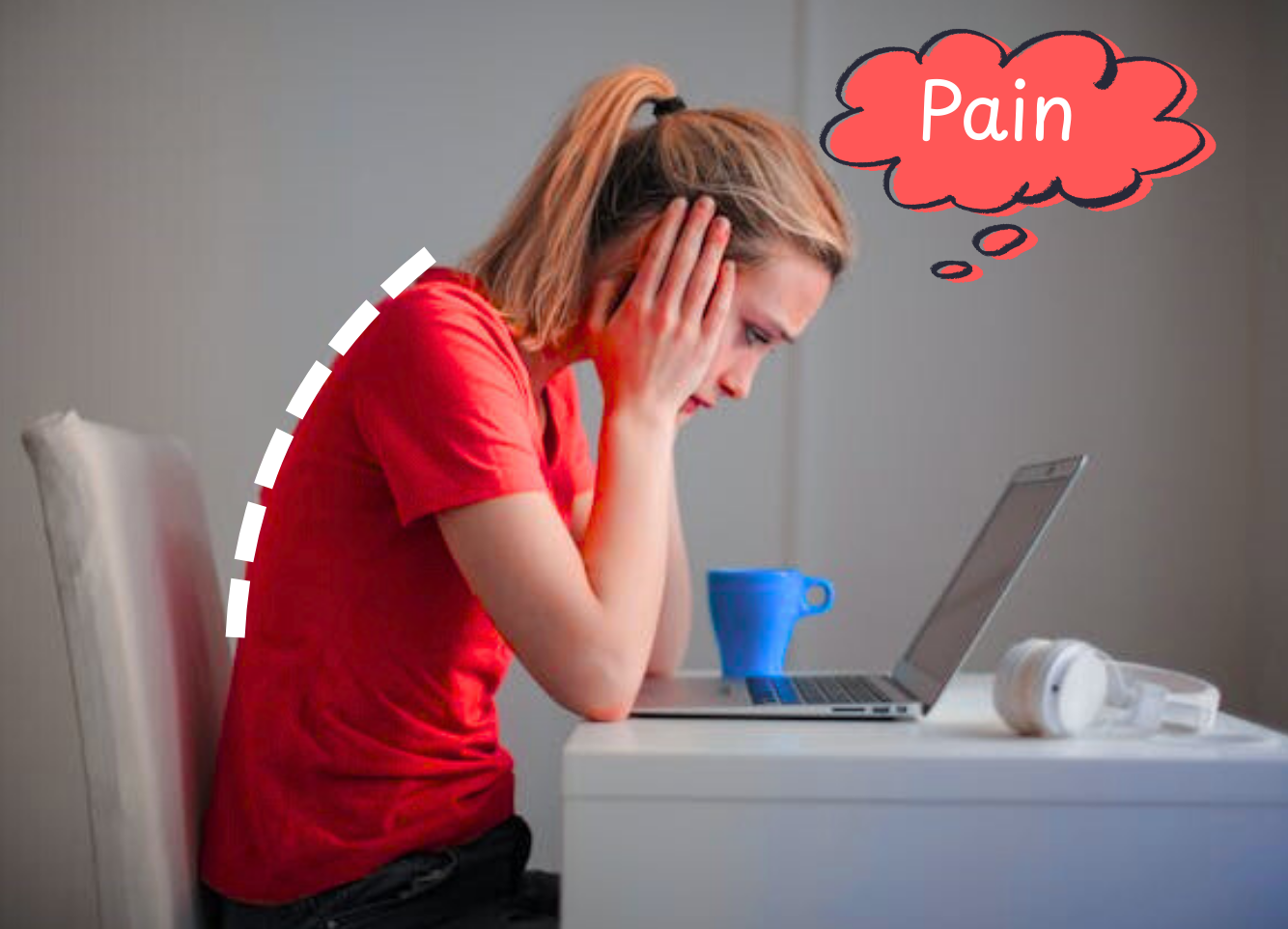 We all know that feeling too well of the nights starting to draw in, with having shorter and darker days. Gone is the sunshine and spending time outside in the warmth with family and friends. Instead, many of us go to work when it’s dark and leave when it’s dark, meaning sometimes we can go on numerous days with very little exposure to daylight.
We all know that feeling too well of the nights starting to draw in, with having shorter and darker days. Gone is the sunshine and spending time outside in the warmth with family and friends. Instead, many of us go to work when it’s dark and leave when it’s dark, meaning sometimes we can go on numerous days with very little exposure to daylight.
This has the potential to have an impact on our mental health, with many of us experiencing a shift in our moods during the much colder and darker winter months.
You may find yourself feeling down, lacking in energy, having trouble sleeping and just overall being a little unhappier than usual, which is often referred to as the ‘winter blues’. But if these feelings take over and start to affect your ability to function in your daily life, you may be suffering from Seasonal Affective Disorder, or SAD as it is more commonly known.
According to BUPA, SAD affects up to three in 100 people in the UK at some point in their life. Most people start to get symptoms for the first time in their 20s or 30s, but children can be affected too. Women are about four times more likely to have SAD than men.
What are the main symptoms of SAD?
SAD is a mental health condition that can have a huge impact on sufferers. The main symptoms of SAD are as follows:
- Feeling depressed for much of the day, almost every day.
- Loss of interest in the things you usually enjoy doing.
- Difficulty sleeping and feeling sluggish, lethargic, and lacking in any energy.
- Loss of concentration and focus at work and during usual daily tasks.
- In more extreme cases it can lead to suicidal thoughts.
What causes SAD?
SAD is caused by our brain’s response to the shorter daylight hours of winter, which affects two chemicals in the brain – serotonin and melatonin. Serotonin is linked to mood and energy and the body makes more of it when a person is exposed to sunlight, which means we experience lower levels during the darker winter months. Melatonin is linked to sleep and darkness stimulates the production of this chemical, which prepares the body for sleep. This means a higher amount is made when the days are shorter and darker, leading to feelings of fatigue during winter days.
How can SAD be treated?
Whether you are suffering from a case of the winter blues, or you are experiencing Seasonal Affective Disorder, there are things you can do to help yourself during the winter season. Here are some treatment options and lifestyle changes you can consider to alleviate your symptoms:
- Light therapy
Light therapy involves sitting in front of a special light box for a short period of time every day to stimulate exposure to sunlight. According to research, light therapy “may be useful to improve sleep quality, decreased alertness, abnormalities in circadian rhythms such as sleep phase delay syndrome, that are frequently associated with mood disorders.” The intensity of the light box is recorded in lux and, for SAD, the typical recommendation is to use a 10,000-lux light box at a distance of about 16 to 24 inches (41 to 61cm) from your face. - Exercise regularly
Exercise has been proven to help people suffering from depression because it releases endorphins, which are hormones that reduce pain and increase feelings of well-being. In addition, exercise increases your metabolism, which helps improve your energy levels. Any low-impact cardiovascular exercise can help, which can be as simple as getting out for a walk, a short run or even dancing. Exercising outside can be even more beneficial as it can increase your serotonin and Vitamin D levels, both of which help to improve your mood. - Increase your Vitamin D
As mentioned above, getting outside should be a priority in winter to increase Vitamin D levels. Children from the age of one and adults need 10 micrograms of vitamin D a day and, whilst there are supplements you can take, daylight is still important to absorb this important vitamin, which helps to keep bones, teeth and muscles healthy. - Stick to a sleep schedule
Try to maintain a good sleep routine during the winter. Keep your bedtimes regular and follow the same bedtime routine daily to wind your body down. You should also keep your room a calm and quiet space, as too much noise or distraction can make sleep more difficult. Also, whilst it can be tempting to lay in bed for longer when the mornings are darker, you should get up at a regular time every day to help keep you in a regular sleep pattern. Gradually turning your light on in the morning will help as well to mimic the sunrise. - Maintain a healthy diet
During the winter months, make an effort to stick to eating lots of fruits, vegetables, and high-fibre foods, as well as choices that are rich in omega-3 and vitamin D, such as fish and nuts. Knowing the right foods to eat can help you overcome those symptoms and keep depression at bay. - Visit your GP
If you are struggling to cope and you believe you have SAD, we would always recommend visiting your doctor. They will be able to offer you advice and treatment options based on the severity of your condition. This may include some of the options listed above, as well as medical treatment such as antidepressants. - Support group/talking therapy
Talking about your feelings and struggles can help enormously, so you could find local mental health groups to offer you some support. Your GP may also be able to recommend therapies such as Cognitive Behavioural Therapy (CBT) to help as well.
The important thing to remember is that, if you think you are suffering from SAD, there are many positive steps you can take to help. You should never suffer in silence, so always reach out for help when you need it.







